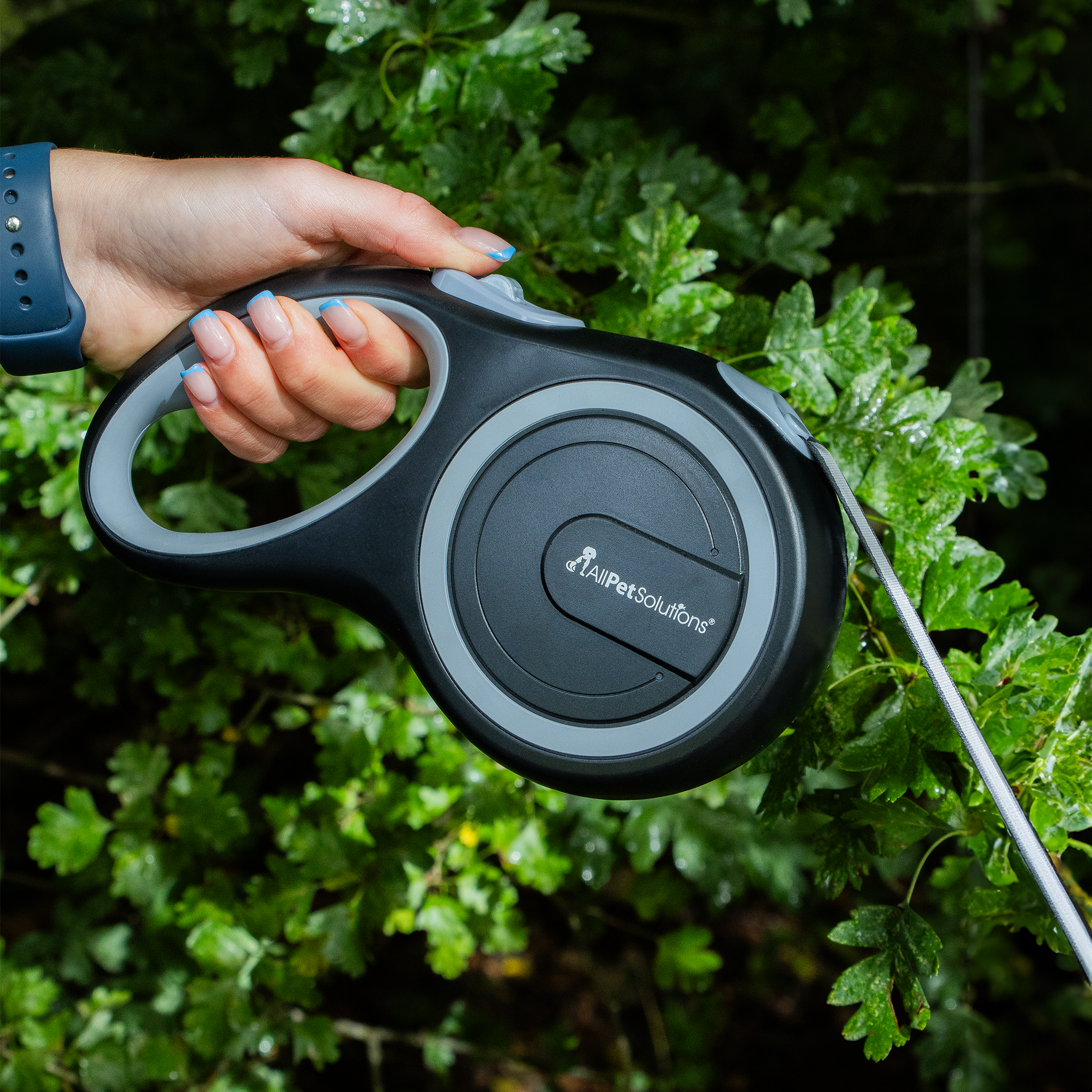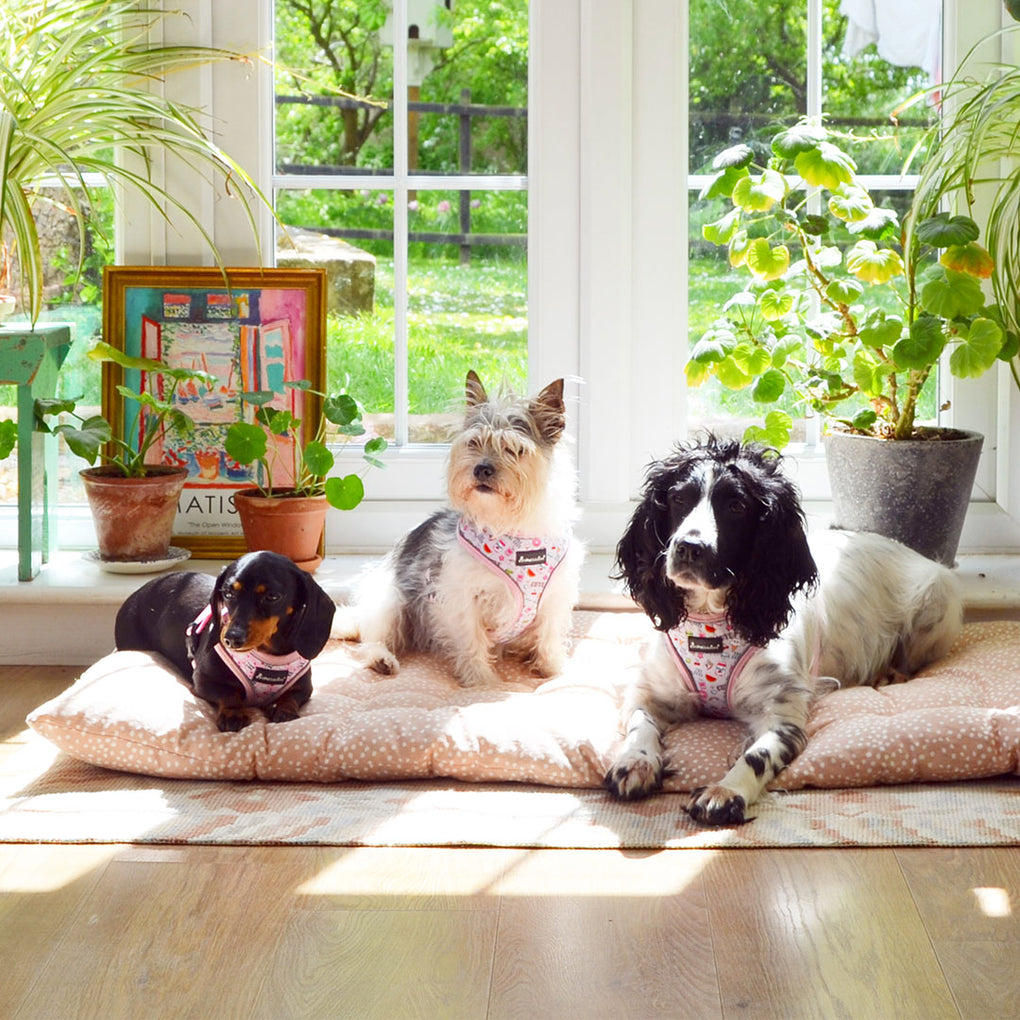How to Walk a Dog on a Lead
Dog walks can quickly turn from a pleasant daily stroll with your pup into a battle of sheer will. There are so many potential issues, including:
- Pulling
- Lack of recall
- Anxiety
The key to establishing an excellent walking technique is to ensure you're using the correct training methods (which might look different between dogs!) and that you have a great training dog lead, to begin with.
In this guide, the AllPetSolutions team summarises a few tips and tricks to make dog walking the best part of your day.
The Right Lead for Dogs For Calm Dog Walking
Pulling can be highly frustrating and dangerous if you have a larger breed you can't control or a dog with aggression issues that you cannot restrain.
When a dog drags, pulls and leans, the first thing to check is that your lead for dogs isn't the wrong size.
Dog harnesses are great for heavier canines and a great option instead of dogs leads if your pup's attention is beginning to waver.
How to Use Dog Walking Treats
Next, think about distraction and positive reinforcement!
Shouting at a dog and physically dragging them away from stimulation on their dogs leads will only affirm that whatever they're pulling towards is worth fixating on.
Pick up some small, healthy dog treats, and prompt your dog before they react.
That breaks the cycle, prevents them from getting agitated, and over time means they'll associate the trigger with something yummy!
Choosing a Training Dog Lead
Your training dog lead needs to be suitable for the breed and behaviour of your paws.
Check out our full range of dog training leads for a few ideas - we'd suggest a harness for a heavier dog or a head collar (NOT a choke chain!) for a dog that needs a bit of friendly redirecting.
- Your collar or harness needs to fit snug but not too tight. You should be able to put two fingers between their fluff and the collar.
- Choose a lead that's the right length. There are long leashes for recall training, extender leads, or shorter leads perfect for practising walking to heel.
- Take your time, and remember that a puppy or new dog will take time to understand your commands and what you're expecting.
Finally, have fun!
Walks are a special time you get to bond with your dog and enjoy the fresh air.
Don't worry too much about a perfect 'heel', and focus first on redirecting bad behaviour and feeling confident that you are in control.
If you're worried about a pup that bolts, it's very wise to work on your recall and lead training in a secure field and venture out into public when you're both in a good place to move onto the next stage.

